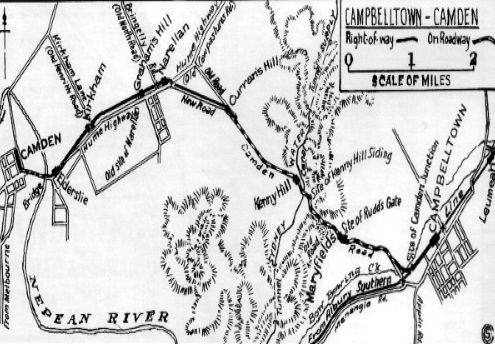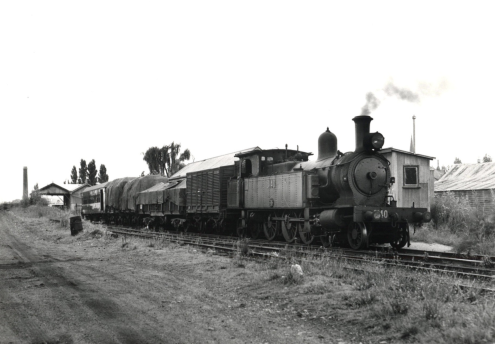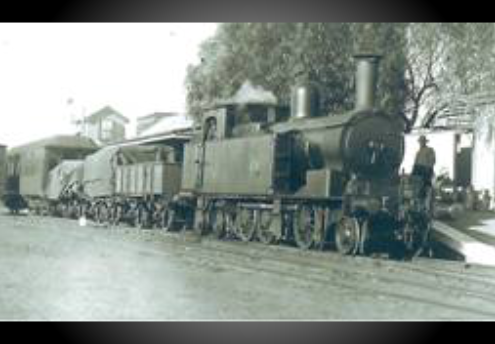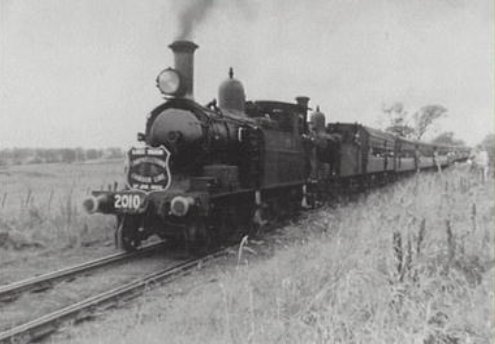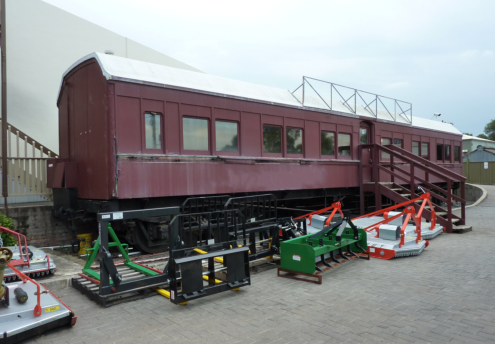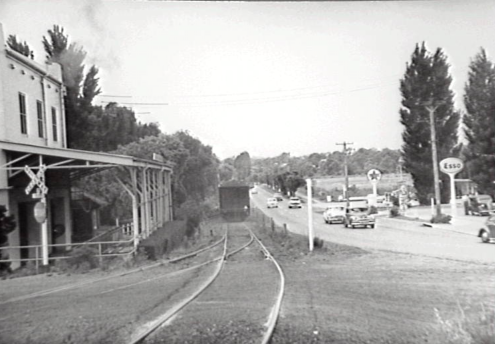A little bit of history of the site we occupy
Camden Machinery and Tractors shares a unique historical site with the Camden community. Within the yard exists the original platform that now forms part of the main build complex.
History
One of the most popular memories of the Camden area by locals and visitors alike is the Camden tram, affectionately known as ‘Pansy’.
It has always had an enthusiastic bunch of supporters. They positively drool about it and overlook its foibles. Old timers tell and retell Pansy stories to anyone who wants to listen.
Fans gloss over its short comings. All the stories are laced with a pinch of nostalgia and a touch of the romantic. It was a vital part of local life. So why does this old locomotive conjure up such a strident bunch of supporters? The glory of steam, Pansy, the Camden tramSteam engines and locomotives bring back memories of the glory days of industrialization and the great days of Australian nationalism in the late Victorian and early 20th century. Great monstrous engines that hissed, spat and groaned.
They were mighty machines that were living beings. They had a life and soul of their own. They were responsible for creating the wealth of the British Empire. And Pansy is part of that story.
The Camden branch line was operated by the New South Wales Railways from 1882 to its closure in 1963. The Camden tram was one of a number of narrow gauge lines in the Sydney area. The tank locomotive worked a mixed service that took freight and passengers.
The branch line was thirteen kilometres and had eight stations after leaving Campbelltown station, where it joined the Main Southern Railway. The stations were Maryfields, Kenny Hill, Curran’s Hill, Narellan, Graham’s Hill, Kirkham, Elderslie and finally arriving at Camden. Most of the stations were no more than a short rudimentary wooden platform with a shelter shed that were unmanned. Others like Camden had a longer platform and an associated goods handling facility.
Pansy was a regular part of daily life for those who lived near the line. Locals in the Camden township would listen for the loco’s whistle and know that the morning papers had arrived from Sydney.
Legend has it that the engine driver would hold the train for regulars who were running late for work on their way to the city, especially local lasses.
Some of Camden’s better off families sent their children to high school at Parramatta and Homebush each morning on the train. Pansy would chug past the milk factory at the entry to Camden township as local dairy farmers were unloading their cans of milk from their horse and dray.
Tourists from Sydney would be dropped off on Friday afternoon at Camden station to be bused to their holiday boarding houses in Burragorang Valley. The first passenger service left Camden station left at 5.47am to connect with the Sydney service on the Main Southern Line. On the return journey the last passenger service from Campbelltown left at 9.44pm. During the Second World War the tram provided transport for many servicemen (Army, RAAF) who were based at local military establishments. Airmen from Camden airfield would catch the train to Sydney for weekend leave, and would be joined by soldiers from Narellan military base and Studley Park Eastern Command Training School.
Camden station and good yards were located adjacent to Edward Street, with a siding to the Camden Vale milk factory. Coal from the Burragorang Valley mines was loaded at Camden yard from 1937, although this was transferred to Narellan in 1941 and eventually the Main Southern Line at Glenlee in 1962. But even by the 1940s the limitations of the narrow gauge line for caring freight were showing cracks.
From its enthusiastic opening the tram never really lived up to its predictions. The mixed goods and passenger service was of limited value. Its light gauge restricted the loads and the grade of the line, particularly over Kenny Hill, severely limited its capabilities. Even in 1939 there were already signs of the eventual demise of the branch line with more coal leaving the district by road than rail. Its days were numbered and the writing was on the wall. Its death blow was delivered by the Heffron ALP Government in 1963 as a cost cutting exercise and a drive from modernization of the railway system across the state. Diesel was the new god.
For current enthusiasts with a keen eye there are remnants of the embankments and cuttings for the narrow gauge line still visible in the area. As visitors leave the Camden township travelling north along Camden Valley Way (old Hume Highway) embankments, culverts and earthworks are still visible in the farm paddocks on the Nepean River floodplain. You can make out the right of way as it crosses Kirkham Lane and heads towards Narellan before disappearing into a housing estate. For those with a sharp eye a cutting is still evident on the northern side of Narellan Road at Kenny Hill just as you take then entry ramp onto the freeway going to Sydney.
For more information about Camden and surrounding areas please click on the heading below:

